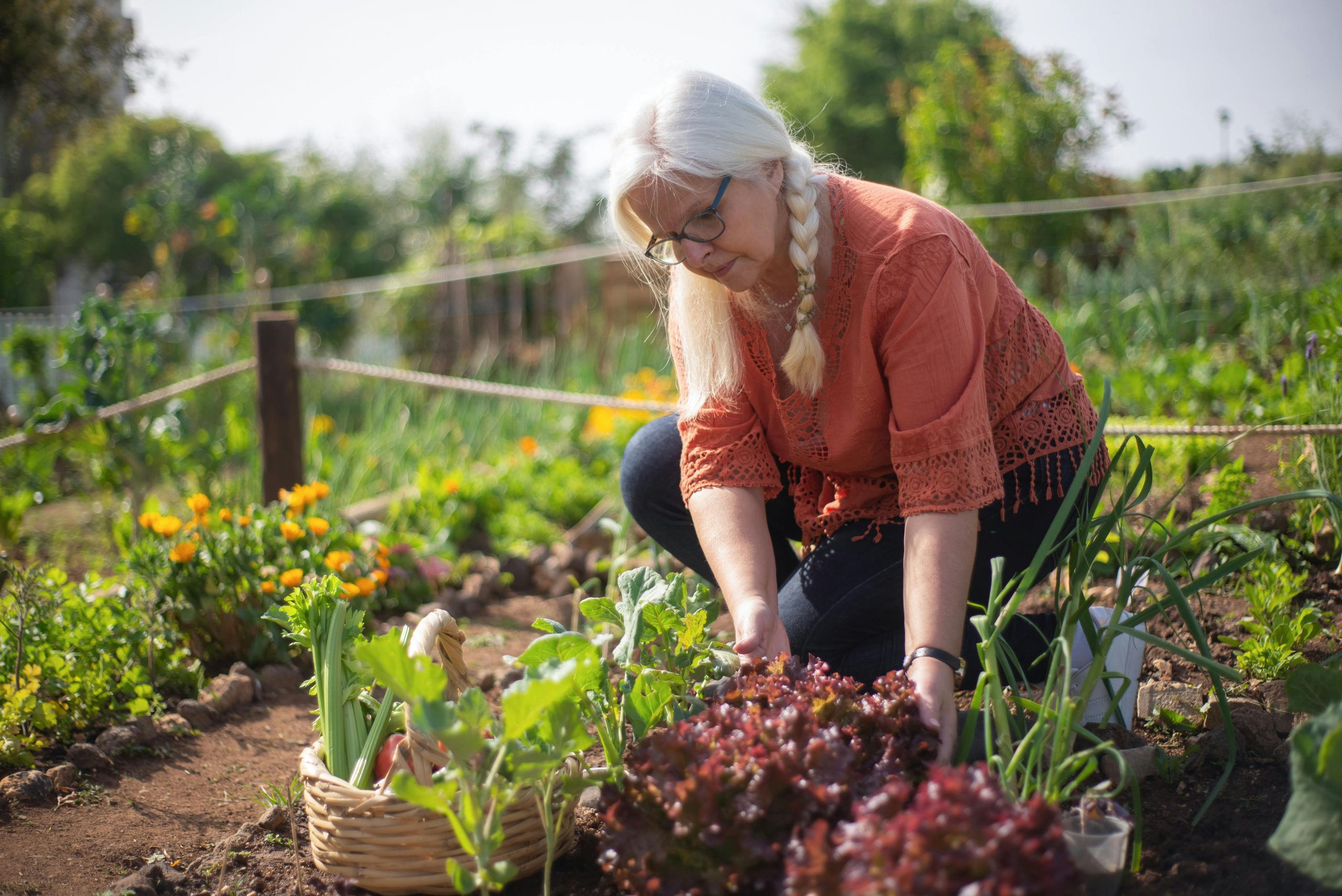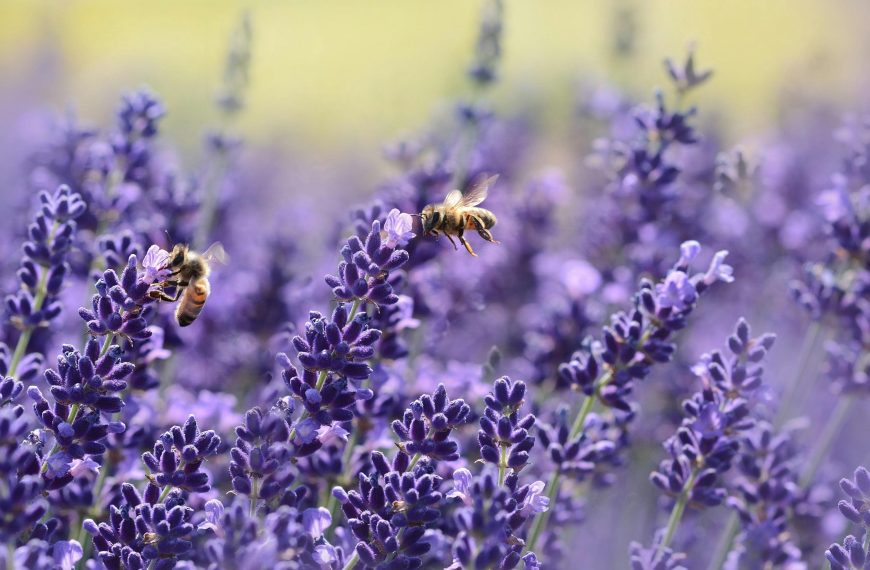In today’s world, where conversations about the environment take center stage, eco-friendly gardening has become increasingly important for those looking to positively impact the planet. By embracing organic gardening methods, gardeners can not only enhance their outdoor spaces but also play a role in preserving biodiversity and natural resources. This article explores the principles and techniques of eco-gardening, providing a roadmap for creating a more sustainable future right in your own garden.
Exploring Eco-Gardening:
At its essence, eco-friendly gardening focuses on reducing harm and supporting ecological harmony. This approach promotes the use of practices that align with nature rather than disrupt it. Key tenets include water conservation, maintaining soil health, protecting biodiversity, and minimizing chemical usage.
Water Preservation:
A core element of eco-gardening is water preservation. In areas affected by water shortages, using water efficiently is crucial. Techniques like drip irrigation, mulching, and collecting rainwater can help lower water consumption while ensuring plants receive the moisture.
Choosing plants that are resistant to drought and suitable for your local climate can also help reduce water usage and promote the health of nearby ecosystems.
Soil Quality:
Having healthy soil is crucial for a garden environment. Instead of using fertilizers and pesticides that can harm the soil in the long run, consider using natural amendments like compost, manure, and cover crops. These organic fertilizers not only supply nutrients to plants but also enhance soil structure, moisture retention, and microbial activity. Practicing minimal tillage can prevent soil erosion and disturbance of microorganisms.
Preservation of Biodiversity:
Engaging in eco-gardening helps foster biodiversity by providing habitats for plant and animal species. Integrate plants into your garden layout to attract pollinators, birds, and helpful insects. Avoid monoculture planting and embrace diversity to boost resilience against pests and diseases. Implement wildlife elements such as bird feeders, bee houses, and water features to aid wildlife populations and maintain ecological harmony.
Reduction of Chemical Usage:
Minimizing the use of chemical pesticides and herbicides is an aspect of eco-gardening. Instead, consider employing integrated pest management (IPM) techniques that focus on prevention, monitoring, and natural pest control methods. Methods like companion planting, crop rotation, and biological pest predators offer alternatives to chemical treatments.
Opt for eco-friendly options when it comes to managing weeds and diseases in your garden to protect both human well-being and the environment.
Easy Tips for Gardening:
- When planning your garden, think about sustainability by considering factors like sunlight exposure, soil health, and water availability.
- Choose plants that are suitable for your region’s climate and soil conditions to reduce the need for watering and upkeep.
- Ensure spacing between plants to avoid overcrowding and competition for resources.
- Use mulches such as straw, wood chips, or shredded leaves to suppress weed growth, retain soil moisture, and regulate temperature.
- Integrate composting into your gardening routine to recycle waste and enhance soil fertility.
- Invite beneficial insects like ladybugs and lacewings to manage pest populations and maintain a balanced ecosystem.
- Employ water-efficient methods like drip irrigation systems, rain barrels, and soil moisture detectors to make the most of water resources.
- Focus on maintaining soil health by steering clear of synthetic fertilizers that can disrupt microbial activity and harm soil structure.
- Embrace sustainable gardening techniques such as seed preservation, plant propagation, and safe pest control methods to lessen environmental impact.
- Stay updated on eco-gardening practices, innovative approaches, and new technologies through continuous learning.
Engaging in eco-gardening goes beyond a pastime; it represents a dedication to safeguarding the environment and embracing sustainable living practices. Through embracing methods of preserving resources and encouraging biodiversity, gardeners can actively participate in combating climate change and supporting the well-being of ecosystems. Whether tending to a balcony garden or caring for a sprawling backyard retreat, each step taken towards eco-friendly gardening contributes to creating a more verdant and sustainable world for upcoming generations to savor. Together, let’s nurture a tomorrow, one garden at a time.









